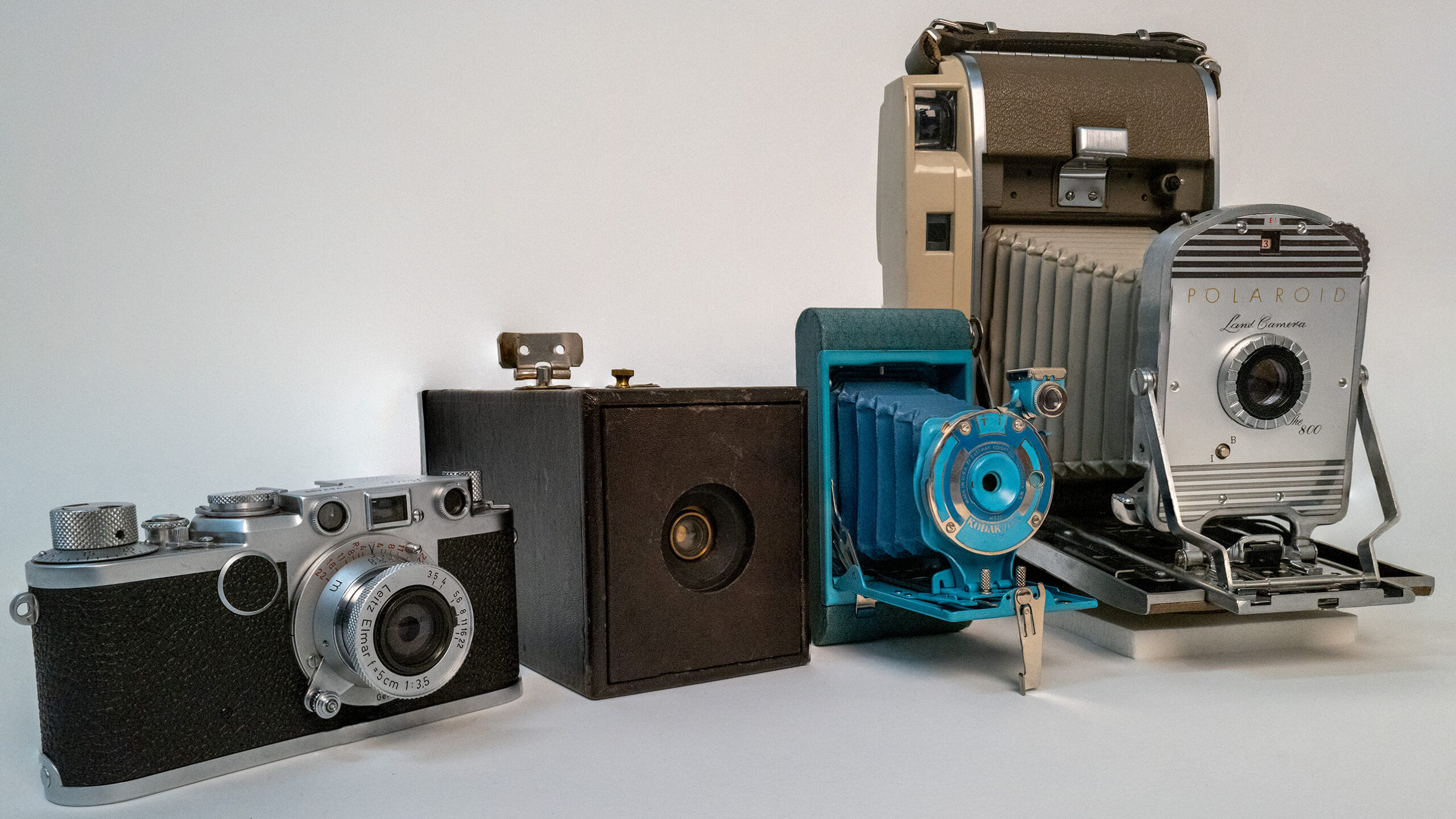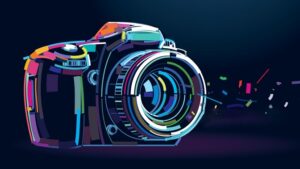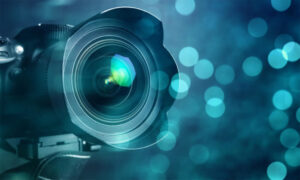Your cart is currently empty!
Categorise
Recent Posts
Archive
Tags
There’s no content to show here yet.

harshsoni871

Digital Photography is a form of photography that uses digital technology to capture, store, and manipulate images, unlike traditional film photography, which relies on chemical processes. It has become the dominant form of photography due to its convenience, flexibility, and advanced editing capabilities.
Key Elements of Digital Photography:
- Digital Cameras:
- Instead of film, digital cameras use image sensors (such as CCD or CMOS) to convert light into electrical signals.
- Cameras vary from basic point-and-shoot models to advanced DSLR (Digital Single-Lens Reflex) and mirrorless cameras, each offering different levels of control, lens options, and image quality.
- Resolution and Megapixels:
- The quality of digital images is largely determined by the resolution, measured in megapixels (MP). A higher megapixel count results in more detail and the ability to print larger images without losing clarity.
- Image File Formats:
- The most common formats for storing digital photos are JPEG (compressed, small file size) and RAW (uncompressed, larger file size). RAW files preserve more detail and allow for better editing.
- Storage:
- Images are stored on memory cards, such as SD cards or microSD cards, with varying capacities. The size of the card you need depends on the resolution and format of the photos being taken.
- Post-Processing:
- One major advantage of digital photography is the ability to edit photos using software such as Adobe Photoshop, Lightroom, or other editing tools. This allows photographers to adjust exposure, color, contrast, and even remove or add elements to an image.
- Instant Review and Feedback:
- Digital cameras provide immediate feedback with their LCD screens, allowing photographers to review shots on the spot and make adjustments. This instant gratification is a big advantage over film, where you have to wait until the film is developed.
- Lenses and Accessories:
- For DSLR and mirrorless cameras, interchangeable lenses allow for a variety of photographic styles, including wide-angle, telephoto, macro, and more. Accessories such as tripods, filters, and external flashes further enhance image quality and creativity.
 Benefits of Digital Photography:
Benefits of Digital Photography:
- Cost-efficient: No need for film or development; you can take and store thousands of photos digitally.
- Ease of sharing: Digital photos can be easily shared via email, social media, or printed at home or in a store.
- Creative freedom: Post-processing allows for extensive manipulation, enabling photographers to enhance their images or correct mistakes.
- Data storage: Digital images can be organized, backed up, and archived with ease, making them more durable and less likely to degrade over time.
Types of Digital Photography:
- Portrait Photography: Focuses on capturing the likeness, personality, and mood of a person or group of people.
- Landscape Photography: Captures nature and the outdoors, focusing on the vastness and beauty of natural environments.
- Macro Photography: Involves extreme close-ups of small subjects like insects or flowers, showing details not visible to the naked eye.
- Sports Photography: Involves capturing fast-moving action, often requiring specialized lenses and quick shutter speeds.
- Street Photography: Captures candid moments of everyday life, often with a focus on people in urban environments.
Digital photography has revolutionized how we capture and experience the world around us, providing greater accessibility and flexibility for photographers of all skill levels.





